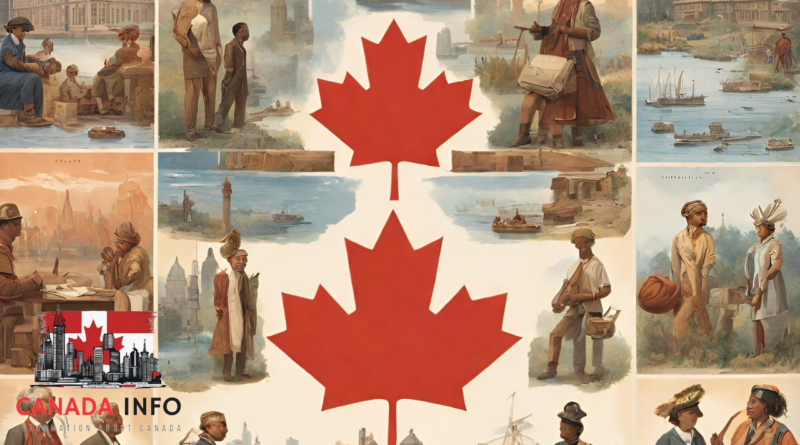Transformations in Canadian National Identity: From British Colony to Multicultural and Multilingual State
The Evolution of Canada’s National Identity and Multiculturalism
Canada’s national identity has undergone significant transformations throughout its history, shaped by various factors including its indigenous heritage, colonial past, immigration patterns, and government policies. Over time, Canada has emerged as a multicultural nation, embracing diversity as a cornerstone of its identity.
From Homogeneity to Diversity:
Historically, Canada was predominantly seen as a British and French colonial outpost, with a cultural identity largely shaped by its European settlers. However, as waves of immigration surged in the late 19th and early 20th centuries, Canada’s demographic landscape began to change dramatically. People from diverse backgrounds, including Europeans, Asians, Africans, and others, contributed to the country’s cultural mosaic.
The Emergence of Multiculturalism:

In the late 20th century, Canada officially recognized its multicultural character with the enactment of the Multiculturalism Act in 1988. This legislation affirmed the equality of all citizens, regardless of their cultural heritage, and promoted the preservation and enhancement of multiculturalism as a fundamental characteristic of Canadian society. The Multiculturalism Act signaled a shift in Canada’s approach towards cultural diversity, moving away from assimilationist policies towards the celebration of pluralism.
Impact of the Multiculturalism Act:
The Multiculturalism Act had a profound impact on Canada, fostering inclusivity, tolerance, and respect for cultural differences. It provided support for cultural organizations, festivals, and initiatives aimed at promoting intercultural understanding and cooperation. By recognizing and valuing the contributions of diverse communities, the Act helped strengthen social cohesion and national unity.
Factors Shaping Canada’s National Identity:
- Immigration and Diversity: Immigration has been a defining feature of Canada’s identity, shaping its cultural landscape and contributing to its social fabric. The influx of immigrants from various parts of the world has enriched Canada’s society, leading to a vibrant tapestry of cultures, languages, and traditions.
- Respect for Indigenous Peoples: Canada’s relationship with its Indigenous peoples has played a crucial role in shaping its national identity. The recognition of Indigenous rights, cultures, and languages is essential to Canada’s identity as a nation. Efforts to reconcile with Indigenous communities and address historical injustices are integral to Canada’s journey towards reconciliation and nation-building.
Canada’s national identity has evolved from a predominantly British and French colonial outpost to a multicultural mosaic that celebrates diversity and inclusivity. The enactment of the Multiculturalism Act and the recognition of Indigenous rights have been pivotal in shaping Canada’s identity as a modern, pluralistic nation. Moving forward, embracing diversity and fostering social cohesion will continue to be central to Canada’s national identity.

